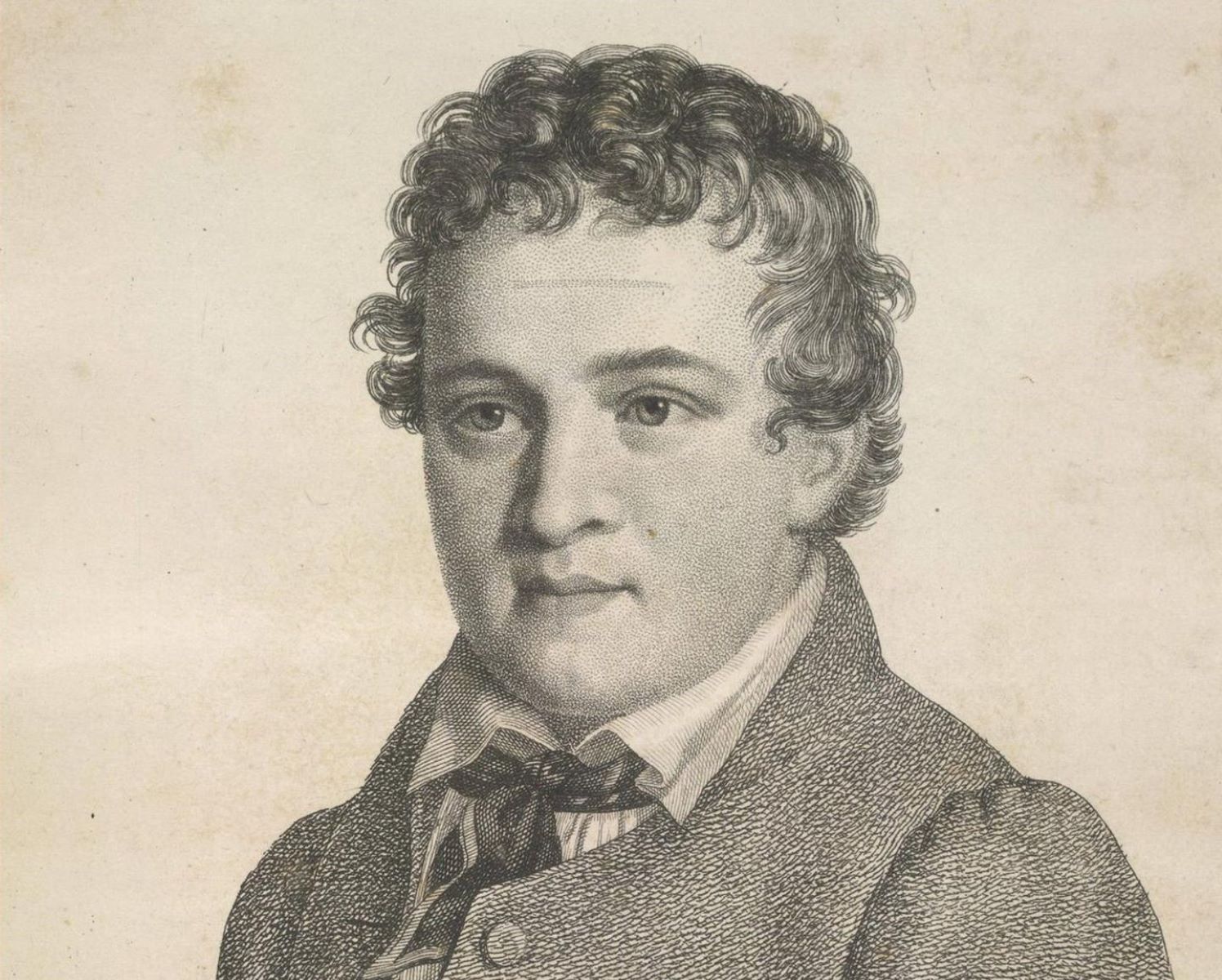
Who was Kaspar Hauser? Imagine a young man appearing out of nowhere in 1828, claiming to have been raised in total isolation. Kaspar Hauser was that mysterious figure. Found wandering the streets of Nuremberg, he could barely speak, walk, or write. His story captivated Europe, sparking debates and theories about his origins. Was he a lost prince or a cunning imposter? His life, filled with intrigue and tragedy, ended abruptly with his murder in 1833. To this day, Kaspar Hauser's identity remains one of history's most puzzling enigmas. Dive into these 35 fascinating facts to uncover more about this enigmatic figure.
Key Takeaways:
- Kaspar Hauser, a mysterious figure from 19th-century Germany, captivated the public with his enigmatic origins and tragic end, inspiring numerous theories and cultural works.
- Despite scientific investigations and popular theories, the true identity and story of Kaspar Hauser remain one of history's greatest unsolved mysteries, continuing to intrigue and inspire curiosity.
Who Was Kaspar Hauser?
Kaspar Hauser remains one of history's most enigmatic figures. Found in Nuremberg, Germany, in 1828, his mysterious background and tragic end have fascinated people for centuries. Here are some intriguing facts about his life.
- Kaspar Hauser was discovered in Nuremberg on May 26, 1828, holding a letter addressed to a cavalry captain.
- He could barely speak and only knew a few phrases, including "I want to be a cavalryman, like my father."
- Hauser carried a second letter, supposedly from his previous caretaker, claiming he had been kept in a dark cell for most of his life.
- The boy's age was estimated to be around 16 years old at the time of his discovery.
- He had a peculiar gait, suggesting he had not walked much before being found.
- Hauser's diet consisted mainly of bread and water, indicating a lack of proper nutrition.
- He was taken in by a local schoolmaster, Friedrich Daumer, who began teaching him to read and write.
- Hauser quickly became a sensation, attracting the attention of scientists, scholars, and the general public.
- Some believed he was of noble birth, possibly the lost heir to the Grand Duchy of Baden.
- Others thought he might be an imposter or a fraud seeking attention.
Theories About His Origin
Many theories have emerged about Kaspar Hauser's true identity. Some are plausible, while others are quite outlandish. Here are a few of the most popular ones.
- One theory suggests he was the son of Stephanie de Beauharnais, Grand Duchess of Baden.
- Another posits he was a Hungarian prince, abducted and hidden away for political reasons.
- Some believe he was simply an abused child, kept in isolation by a deranged guardian.
- A more outlandish theory claims he was a time traveler or an alien.
- Despite numerous investigations, no definitive proof has ever been found to confirm any of these theories.
His Life in Nuremberg
After his discovery, Kaspar Hauser's life in Nuremberg was filled with both kindness and cruelty. He experienced moments of joy and periods of intense scrutiny.
- He lived with Friedrich Daumer for about two years, during which he made significant progress in his education.
- Hauser enjoyed drawing and showed a particular talent for it.
- He also developed a love for music, learning to play the piano.
- Despite his progress, he was often the subject of ridicule and bullying by those who doubted his story.
- In 1829, Hauser was attacked by an unknown assailant, suffering a head wound but surviving the incident.
The Mysterious Death
Kaspar Hauser's life ended as mysteriously as it began. His death has sparked numerous debates and theories.
- On December 14, 1833, Hauser was found with a deep stab wound in his chest.
- He claimed he had been attacked by a stranger who gave him a bag containing a cryptic note.
- The note was written in mirror writing and contained a mix of German and Latin phrases.
- Hauser succumbed to his injuries three days later, on December 17, 1833.
- His death was officially ruled a suicide, but many believe he was murdered.
Legacy and Cultural Impact
Kaspar Hauser's story has left a lasting impact on culture and literature. His life and death continue to inspire curiosity and creativity.
- Numerous books, plays, and films have been made about his life, including Werner Herzog's 1974 film "The Enigma of Kaspar Hauser."
- Hauser's story has been referenced in works by authors such as Paul Verlaine and Hermann Hesse.
- He is often cited as an example of the "wild child" phenomenon, alongside figures like Victor of Aveyron.
- The Kaspar Hauser Foundation was established to support children and adults with special needs, inspired by his story.
- A statue of Hauser stands in Ansbach, Germany, commemorating his life and mystery.
Scientific Investigations
Modern science has also taken an interest in Kaspar Hauser, attempting to uncover the truth behind his origins and death.
- In 1996, DNA tests were conducted on bloodstains found on Hauser's clothing.
- The tests compared the DNA to that of descendants of the Baden family, but the results were inconclusive.
- Further DNA analysis in 2002 also failed to provide definitive answers about his lineage.
- Some researchers have suggested that Hauser may have suffered from a psychological disorder, explaining his behavior and memory gaps.
- Despite these efforts, the true identity and story of Kaspar Hauser remain one of history's greatest unsolved mysteries.
The Enigma Lives On
Kaspar Hauser's story remains one of history's most puzzling mysteries. His sudden appearance, strange behavior, and tragic death have sparked countless theories and debates. Some believe he was a lost prince, while others think he was a fraud. Despite extensive research, no one has definitively solved the riddle of his origins or the true nature of his life.
What we do know is that Kaspar's tale continues to captivate people around the world. His life and death have inspired books, movies, and even scientific studies. The unanswered questions keep his legend alive, inviting new generations to explore the mystery.
Kaspar Hauser's story is a reminder that some mysteries may never be fully understood. Yet, it's this very uncertainty that keeps us intrigued, always searching for answers. The enigma of Kaspar Hauser lives on, a testament to the enduring power of the unknown.
Frequently Asked Questions
Was this page helpful?
Our commitment to delivering trustworthy and engaging content is at the heart of what we do. Each fact on our site is contributed by real users like you, bringing a wealth of diverse insights and information. To ensure the highest standards of accuracy and reliability, our dedicated editors meticulously review each submission. This process guarantees that the facts we share are not only fascinating but also credible. Trust in our commitment to quality and authenticity as you explore and learn with us.


